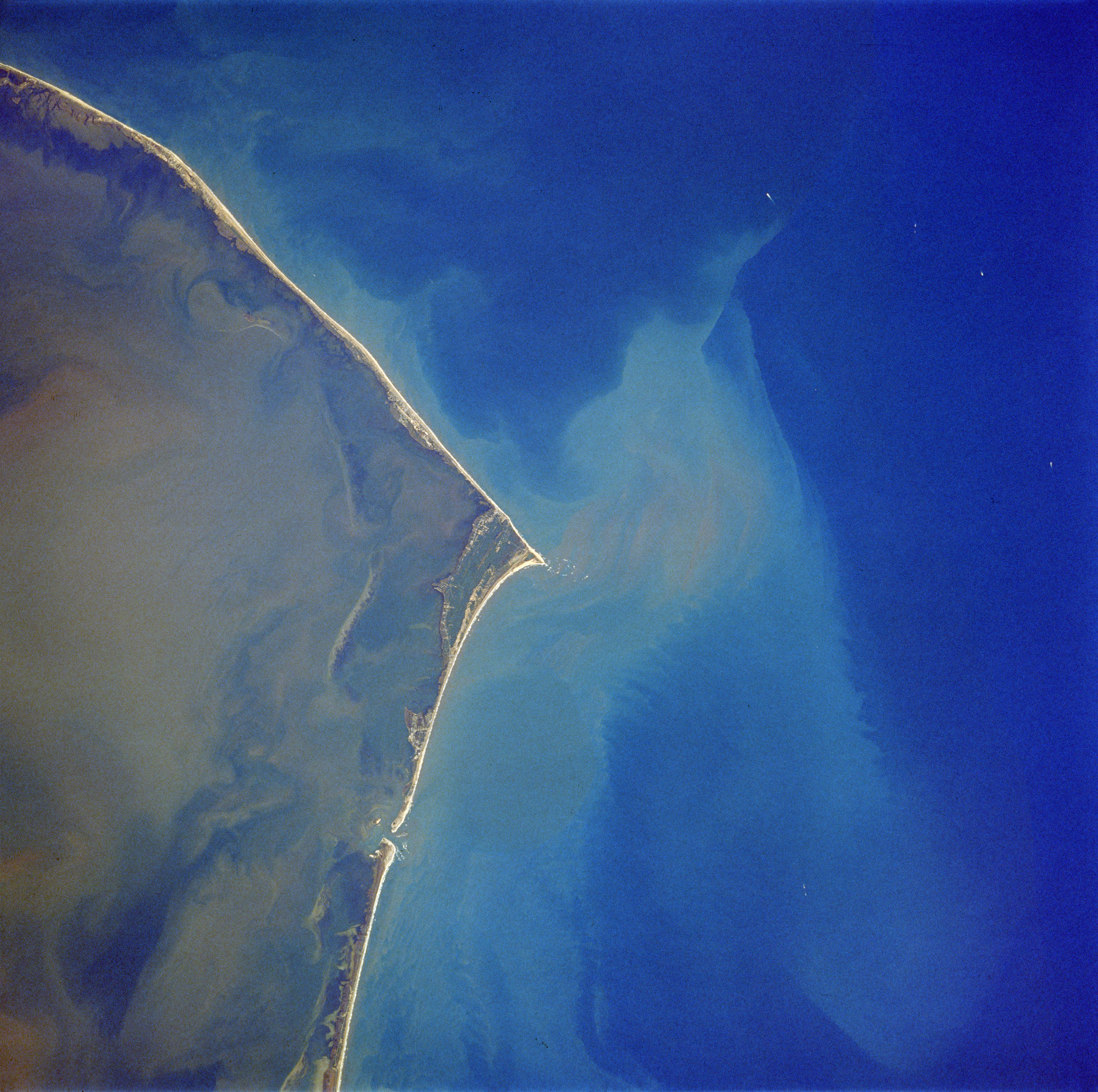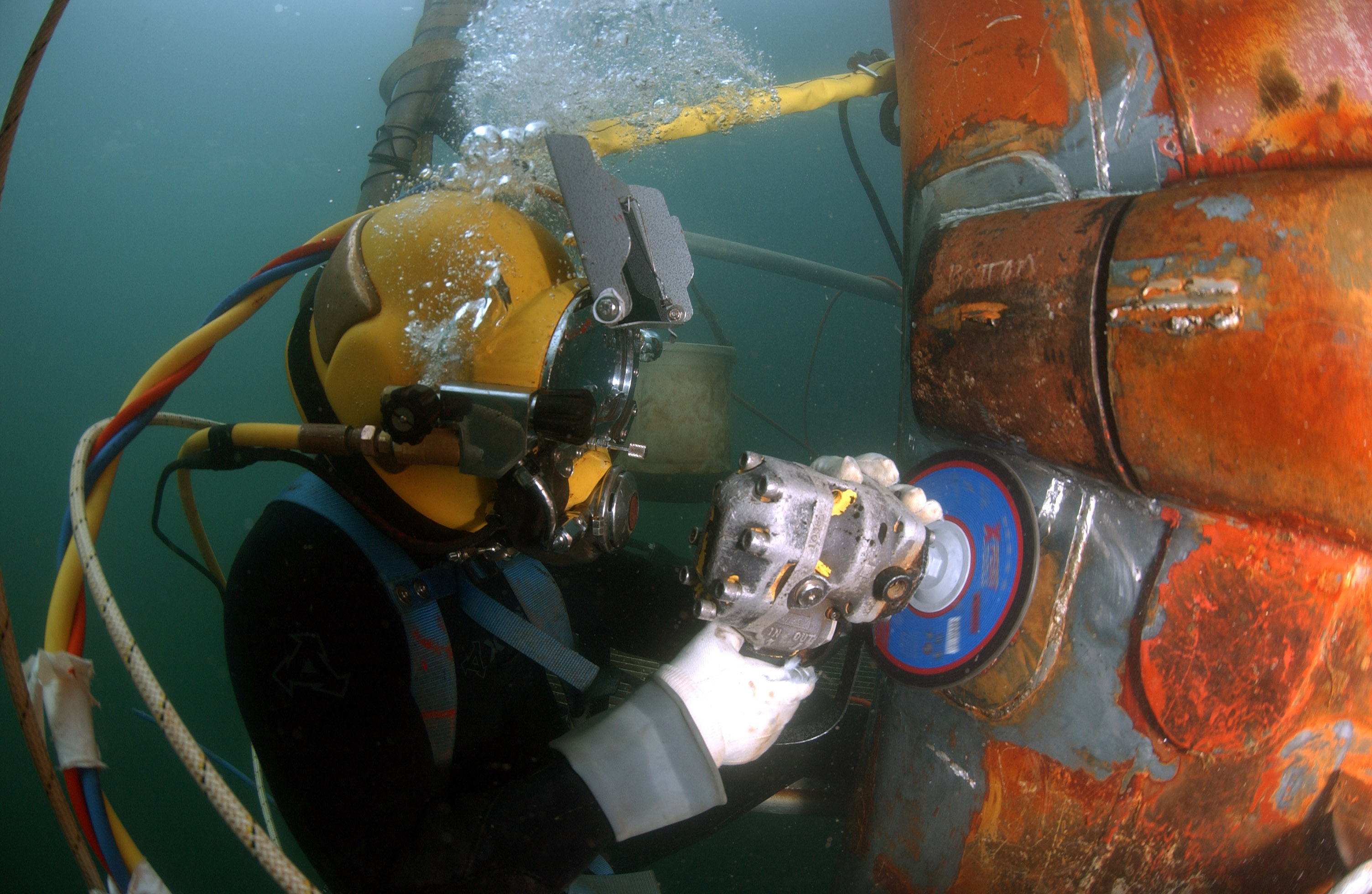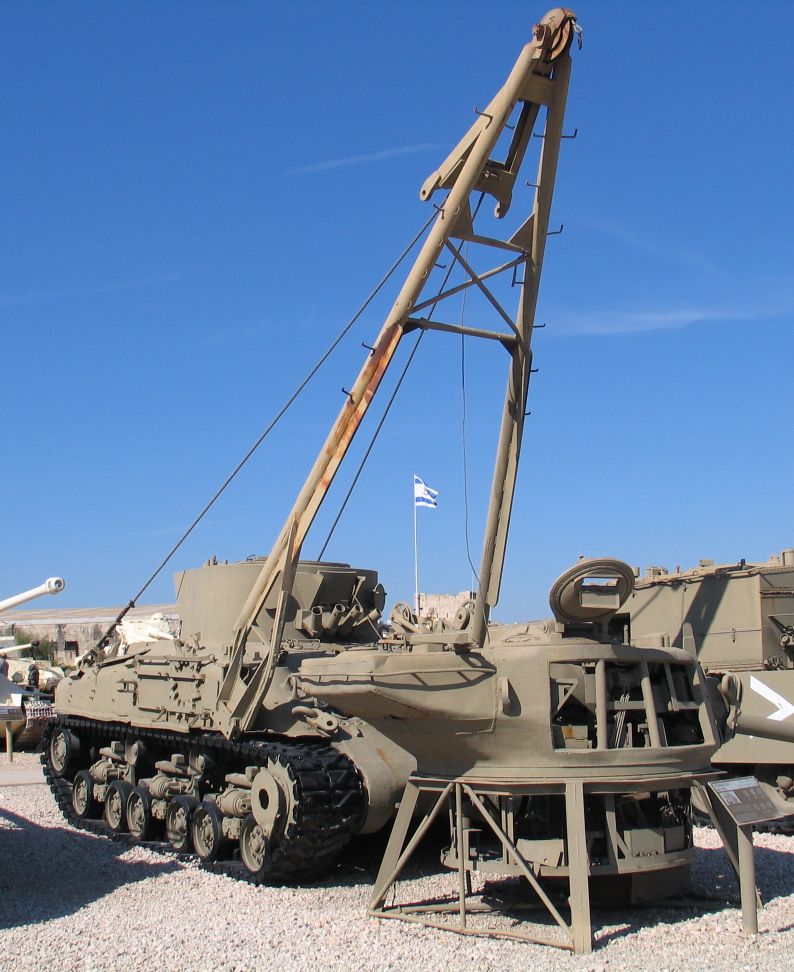|
NOAAS Nancy Foster
The NOAA Ship ''Nancy Foster'' (R 352) is a National Oceanic and Atmospheric Administration research vessel. The ship is named for Dr. Nancy Foster, who was the director of the National Marine Fisheries Service’s Office of Protected Resources from 1986 until 1993, and the director of the National Ocean Service from 1997 until her death in 2000. Construction and commissioning The ship originally was built as the United States Navy ''Cape Flattery''-class torpedo trials craft ''Agate Pass'' (YTT 12) at McDermott Shipyards in Amelia, Louisiana, and launched in September 1990. In 2001, the Navy transferred the vessel to NOAA, which outfitted her to conduct coastal research along the United States East Coast and United States Gulf Coast and in the Caribbean. NOAA commissioned her as NOAAS ''Nancy Foster''(R 352) on 10 May 2004. Technical characteristics The hull of ''Nancy Foster'' is 186 feet (56.7 m) long with a beam of 40 ft (12.1 m) and a draft of 12 ... [...More Info...] [...Related Items...] OR: [Wikipedia] [Google] [Baidu] |
United States Navy
The United States Navy (USN) is the maritime service branch of the United States Armed Forces and one of the eight uniformed services of the United States. It is the largest and most powerful navy in the world, with the estimated tonnage of its active battle fleet alone exceeding the next 13 navies combined, including 11 allies or partner nations of the United States as of 2015. It has the highest combined battle fleet tonnage (4,635,628 tonnes as of 2019) and the world's largest aircraft carrier fleet, with eleven in service, two new carriers under construction, and five other carriers planned. With 336,978 personnel on active duty and 101,583 in the Ready Reserve, the United States Navy is the third largest of the United States military service branches in terms of personnel. It has 290 deployable combat vessels and more than 2,623 operational aircraft . The United States Navy traces its origins to the Continental Navy, which was established during the American Revo ... [...More Info...] [...Related Items...] OR: [Wikipedia] [Google] [Baidu] |
United States East Coast
The East Coast of the United States, also known as the Eastern Seaboard, the Atlantic Coast, and the Atlantic Seaboard, is the coastline along which the Eastern United States meets the North Atlantic Ocean. The eastern seaboard contains the coastal states and areas east of the Appalachian Mountains that have shoreline on the Atlantic Ocean, namely, Maine, New Hampshire, Massachusetts, Rhode Island, Connecticut, New York, New Jersey, Delaware, Maryland, Virginia, North Carolina, South Carolina, Georgia, and Florida.General Reference Map , , 2003. Toponymy and composition T ...[...More Info...] [...Related Items...] OR: [Wikipedia] [Google] [Baidu] |
North Carolina
North Carolina () is a state in the Southeastern region of the United States. The state is the 28th largest and 9th-most populous of the United States. It is bordered by Virginia to the north, the Atlantic Ocean to the east, Georgia and South Carolina to the south, and Tennessee to the west. In the 2020 census, the state had a population of 10,439,388. Raleigh is the state's capital and Charlotte is its largest city. The Charlotte metropolitan area, with a population of 2,595,027 in 2020, is the most-populous metropolitan area in North Carolina, the 21st-most populous in the United States, and the largest banking center in the nation after New York City. The Raleigh-Durham-Cary combined statistical area is the second-largest metropolitan area in the state and 32nd-most populous in the United States, with a population of 2,043,867 in 2020, and is home to the largest research park in the United States, Research Triangle Park. The earliest evidence of human occupation i ... [...More Info...] [...Related Items...] OR: [Wikipedia] [Google] [Baidu] |
Cape Hatteras
Cape Hatteras is a cape located at a pronounced bend in Hatteras Island, one of the barrier islands of North Carolina. Long stretches of beach, sand dunes, marshes, and maritime forests create a unique environment where wind and waves shape the topography. A large area of the Outer Banks is part of a National Park, called the Cape Hatteras National Seashore. It is also the nearest landmass on the North American mainland to Bermuda, which is about to the east-southeast. The treacherous waters off the coast of the Outer Banks are known as the Graveyard of the Atlantic, Over 600 ships wrecked here as victims of shallow shoals, storms, and war. Diamond Shoals, a bank of shifting sand ridges hidden beneath the turbulent sea off Cape Hatteras, has never promised safe passage for ships. In the past 400 years, the graveyard has claimed many lives, but island villagers saved many. As early as the 1870s, villagers served in the United States Life-Saving Service. Others staffed lightho ... [...More Info...] [...Related Items...] OR: [Wikipedia] [Google] [Baidu] |
Nitrox
Nitrox refers to any gas mixture composed (excepting trace gases) of nitrogen and oxygen. This includes atmospheric air, which is approximately 78% nitrogen, 21% oxygen, and 1% other gases, primarily argon. In the usual application, underwater diving, nitrox is normally distinguished from air and handled differently. The most common use of nitrox mixtures containing oxygen in higher proportions than atmospheric air is in scuba diving, where the reduced partial pressure of nitrogen is advantageous in reducing nitrogen uptake in the body's tissues, thereby extending the practicable underwater dive time by reducing the decompression requirement, or reducing the risk of decompression sickness (also known as ''the bends''). Nitrox is used to a lesser extent in surface-supplied diving, as these advantages are reduced by the more complex logistical requirements for nitrox compared to the use of simple low-pressure compressors for breathing gas supply. Nitrox can also be used in hyper ... [...More Info...] [...Related Items...] OR: [Wikipedia] [Google] [Baidu] |
Professional Diving
Professional diving is underwater diving where the divers are paid for their work. The procedures are often regulated by legislation and codes of practice as it is an inherently hazardous occupation and the diver works as a member of a team. Due to the dangerous nature of some professional diving operations, specialized equipment such as an on-site hyperbaric chamber and diver-to-surface communication system is often required by law, and the mode of diving for some applications may be regulated. There are several branches of professional diving, the best known of which is probably commercial diving and its specialised applications, offshore diving, inshore civil engineering diving, marine salvage diving, hazmat diving, and ships husbandry diving. There are also applications in scientific research, marine archaeology, fishing and aquaculture, public service, law enforcement, military service and diver training. Any person wishing to become a professional diver normally requires ... [...More Info...] [...Related Items...] OR: [Wikipedia] [Google] [Baidu] |
Side-scan Sonar
Side-scan sonar (also sometimes called side scan sonar, sidescan sonar, side imaging sonar, side-imaging sonar and bottom classification sonar) is a category of sonar system that is used to efficiently create an image of large areas of the sea floor. Uses Side-scan sonar may be used to conduct surveys for marine archaeology; in conjunction with seafloor samples it is able to provide an understanding of the differences in material and texture type of the seabed. Side-scan sonar imagery is also a commonly used tool to detect debris items and other obstructions on the seafloor that may be hazardous to shipping or to seafloor installations by the oil and gas industry. In addition, the status of pipelines and cables on the seafloor can be investigated using side-scan sonar. Side-scan data are frequently acquired along with bathymetric soundings and sub-bottom profiler data, thus providing a glimpse of the shallow structure of the seabed. Side-scan sonar is also used for fisheries ... [...More Info...] [...Related Items...] OR: [Wikipedia] [Google] [Baidu] |
Acoustic Doppler Current Profiler
An acoustic Doppler current profiler (ADCP) is a hydroacoustic current meter similar to a sonar, used to measure water current velocities over a depth range using the Doppler effect of sound waves scattered back from particles within the water column. The term ADCP is a generic term for all acoustic current profilers, although the abbreviation originates from an instrument series introduced by RD Instruments in the 1980s. The working frequencies range of ADCPs range from 38 kHz to several megahertz. The device used in the air for wind speed profiling using sound is known as '' SODAR'' and works with the same underlying principles. Working principle ADCPs contain piezoelectric transducers to transmit and receive sound signals. The traveling time of sound waves gives an estimate of the distance. The frequency shift of the echo is proportional to the water velocity along the acoustic path. To measure 3D velocities, at least three beams are required. In rivers, only the 2D ... [...More Info...] [...Related Items...] OR: [Wikipedia] [Google] [Baidu] |
Conductivity, Temperature, Depth
''For information about the CTD-rosette equipment package as a whole, see: Rosette sampler'' A CTD or sonde is an oceanography instrument used to measure the electrical conductivity, temperature, and pressure of seawater (the D stands for "depth," which is closely related to pressure). Conductivity is used to determine salinity. The CTD may be incorporated into an array of Niskin bottles referred to as a carousel or rosette. The sampling bottles close at predefined depths, triggered either manually or by a computer, and the water samples may subsequently be analyzed further for biological and chemical parameters. The CTD may also be used for the calibration of sensors. Measured properties The instrument is a cluster of sensors which measure conductivity, temperature, and pressure. Sensors commonly scan at a rate of 24 Hz. Depth measurements are derived from measurement of hydrostatic pressure, and salinity is measured from electrical conductivity. Sensors are arran ... [...More Info...] [...Related Items...] OR: [Wikipedia] [Google] [Baidu] |
Remotely Operated Underwater Vehicle
A remotely operated underwater vehicle (technically ROUV or just ROV) is a tethered underwater mobile device, commonly called ''underwater robot''. Definition This meaning is different from remote control vehicles operating on land or in the air. ROVs are unoccupied, usually highly maneuverable, and operated by a crew either aboard a vessel/floating platform or on proximate land. They are common in deepwater industries such as offshore hydrocarbon extraction. They are linked to a host ship by a neutrally buoyant tether or, often when working in rough conditions or in deeper water, a load-carrying umbilical cable is used along with a tether management system (TMS). The TMS is either a garage-like device which contains the ROV during lowering through the splash zone or, on larger work-class ROVs, a separate assembly which sits on top of the ROV. The purpose of the TMS is to lengthen and shorten the tether so the effect of cable drag where there are underwater currents is minimize ... [...More Info...] [...Related Items...] OR: [Wikipedia] [Google] [Baidu] |
A-Frame
An A-frame is a basic structure designed to bear a load in a lightweight economical manner. The simplest form of an A-frame is two similarly sized beams, arranged in an angle of 45 degrees or less, attached at the top, like an uppercase letter 'A'. These materials are often wooden or steel beams attached at the top by rope, welding, gluing, or riveting. A-frames can be used as-is, as part of shears, or set up in a row along a longitudinal beam for added stability, as in a saw horse. More complex structures will often have crossmembers connecting the A-frames at different angles,"A-frame" (2009). ''Oxford English Dictionary'' Second Edition on CD-ROM (v. 4.0). Oxford University Press. forming a truss. Other structures that use A-frames * A-frame house * A-frame hydroponics system * A-frame contour measuring spirit level * A frame camping tent * A-frame complex, a motif in chemistry * Folding ladder * Double wishbone suspension (cars) * Some suspension bridges * Some sw ... [...More Info...] [...Related Items...] OR: [Wikipedia] [Google] [Baidu] |
NOAA Corps
The National Oceanic and Atmospheric Administration Commissioned Officer Corps, known informally as the NOAA Corps, is one of eight federal uniformed services of the United States, and operates under the National Oceanic and Atmospheric Administration (NOAA), a scientific agency overseen by the Department of Commerce. The NOAA Corps is made up of scientifically and technically trained officers. The NOAA Corps and the United States Public Health Service Commissioned Corps are the only U.S. uniformed services that consist only of commissioned officers, with no enlisted or warrant officer ranks. The NOAA Corps' primary mission is to monitor oceanic conditions, support major waterways, and monitor atmospheric conditions. The NOAA Corps traces its origins to the establishment of the United States Coast and Geodetic Survey Corps on May 22, 1917, which the service recognizes as its official birthday. The Coast and Geodetic Survey Corps became the Environmental Science Services Adminis ... [...More Info...] [...Related Items...] OR: [Wikipedia] [Google] [Baidu] |









